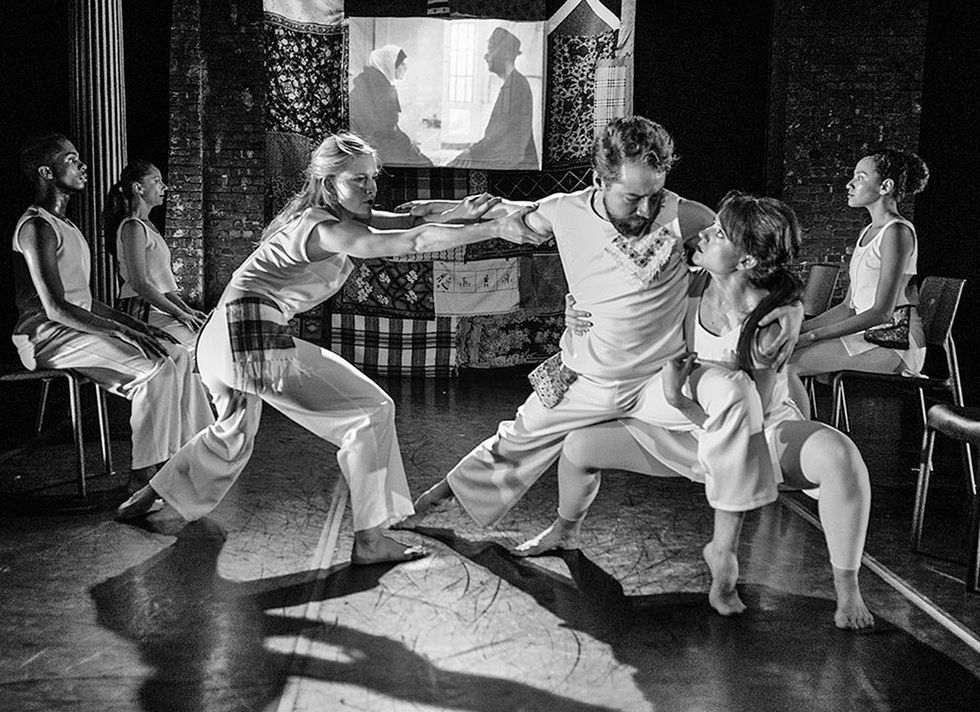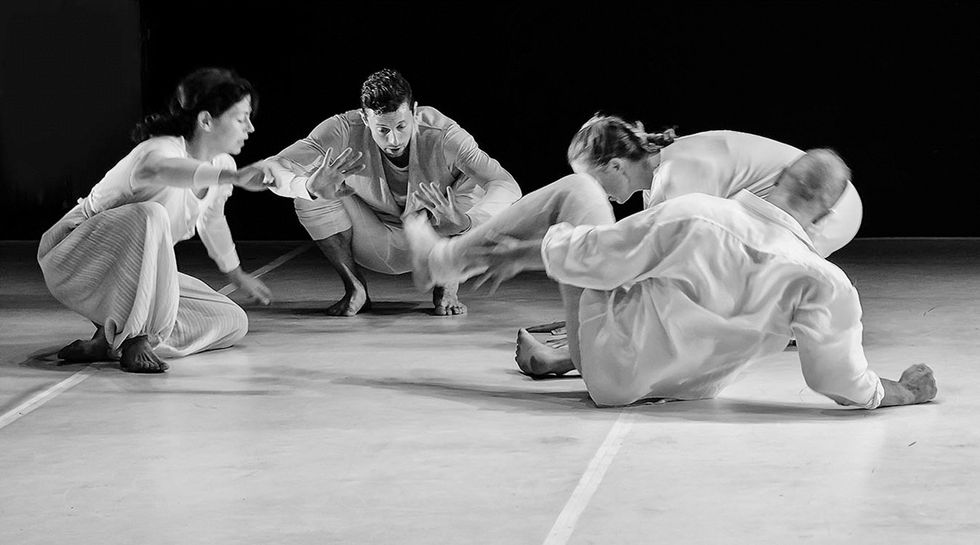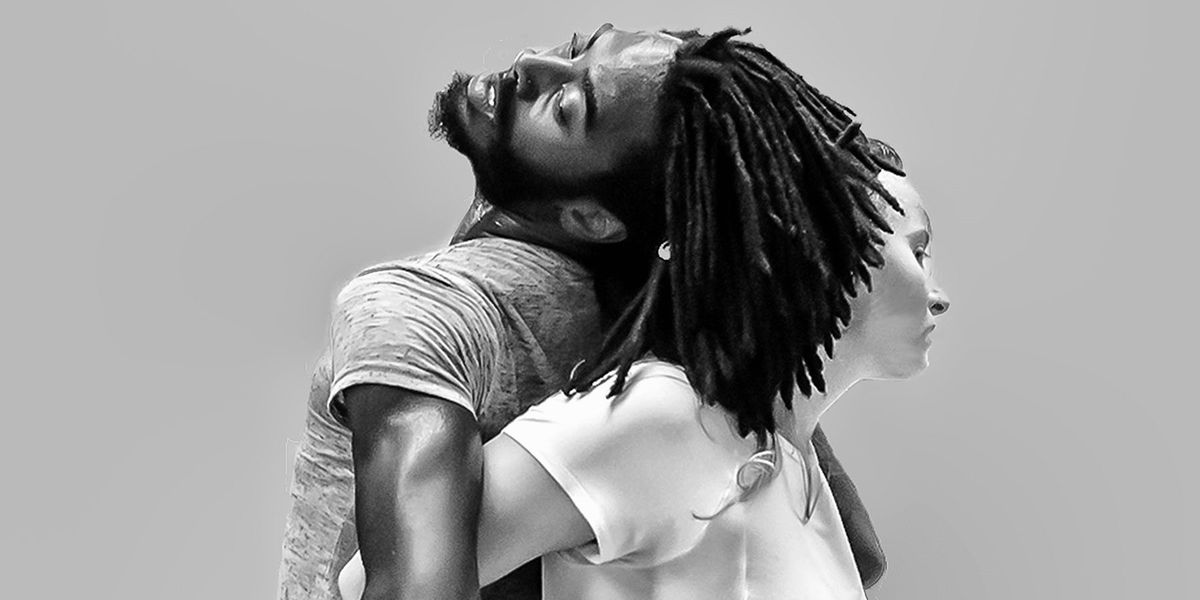"But What Does It Mean?" A New Book Deconstructs Contemporary Dance
As a contemporary dance critic and lover of the art form, I have spent countless hours in bars and restaurants after a performance at The Joyce or New York Live Arts trying to explain to befuddled friends the “meaning” of a particular piece. Some admit to being fascinated but ignorant; others find the movement vocabulary used vexing or cryptic. All somehow feel that they have “missed the point.”
So I found Judith Stuart Boroson’s mission in her new book, ChoreoGraphics: Six Studies particularly enticing: To use photography, along with text, to explain contemporary dance to lay viewers and dance insiders alike.

Once You Are Not A Stranger by Janis Brenner
Judith Stuart Boroson
A former dancer herself who founded the LIU Brooklyn campus dance department, Stuart Boroson examines six works by contemporary choreographers: Alexandra Beller, Janis Brenner, Marjani Forté-Saunders, Colleen Thomas, Nathan Trice, and the Urban Bush Women team of Jawole Willa Jo Zollar and Samantha Speis.
She provides an introduction to each choreographer along with a simple and informative Q&A which explains the piece’s genesis and what it means to them on a personal level. It’s the inside look that you always wished you’d been given before attending a dance performance.
Each of the pieces is then deconstructed in beautiful black and white photographs also taken by the author. The images are accompanied by simple titles that illustrate a particular point or theme in a work: “trying to connect” and “imagery of wings,” for example, or “parallel experiences for white women and black men.”
Each work examines a particular social issue or aspect of human relationships. Alexandra Beller explains that the genesis for her piece milkdreams lies in the birth of her two sons, Ivo and Lucas. Through examining the movement of 14 month-old Ivo, she rediscovered meaning in movement, as babies seem to always have a teleological goal when they move, i.e. to get somewhere or imitate something.
“He was all about great need and acute desire and surprise and survival. How he moved was circumstantial,” Beller explains. “He would fall, get up, didn’t seem to have any fear of falling again. It simply happened.” I first watched the YouTube link to milkdreams when the rehearsal video went viral several years ago. The book clarified how much Ivo had helped to take her choreography back to basics.

Alexandra Beller’s milkdreams
Judith Stuart Boroson
In another chapter, we learn how Eric Garner’s murder sent Marjani Forté-Saunders on a journey to better understand her father and Garner—both African-American men who resemble each other physically—in Memoirs…of a unicorn. “Did Eric Garner ride motorcycles? My dad rode motorcycles… Did Eric Garner have a specialty? My dad used to be a DJ… My dad was also a contractor. All anyone sees is this big black man getting wrestled down and dying. But to his family, he’s their hero, their daddy, a husband who has a story and who has had journeys. I can tell those stories. That’s what the piece does.”
ChoreoGraphics
makes a novel contribution to books on dance by explaining key sections shot-by-shot, while comments by the choreographers themselves simplify sometimes difficult themes. At times, one is left wanting even more analysis. For example, what was the catharsis that Forté-Saunders achieved as she so powerfully channeled her beloved father? Hopefully Stuart Boroson will continue down this road in new volumes executed with as much skill and knowledge of her field.




